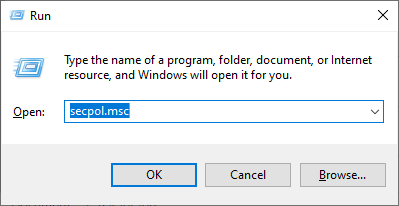
Next we need to make changes to /etc/pam.d/authorization (red indicates deletion, and green indicates changes/additions):Īuth sufficient pam_krb5.so use_first_pass default_principal use_kcminitĪuth required pam_opendirectory.so use_first_pass

It should follow this format:Īdmin_server = .:749Īdmin_server = FILE:/var/log/krb5kdc/kadmin.log To enable Kerberos authentication, a /Library/Preferences/ or /etc/nf file is needed. This deprecates the krb5authnoverify method and hands kerberos authentication over to pam.d. Lion no longer uses MIT Kerberos, and has made the switch to Heimdal.
#Deploystudio server initialization in progress install#
I ran into an error with capistrano where it refused to use rvm’s ruby to precompile the assets for production, I found that I had to install ruby1.9.1 to get it to work.įirstly, thanks to Roy Long and Scott Gallagher for their presentation at the 2012 PSU Mac Admin Conference.Īlso, thanks to Rusty Myers for the CLC Package. Now you think you’re set right?! Well if you’re developing apps on that instance, yes, you’re ok. copy over the /etc/init.d script from the wiki and fit it to your install.sudo apt-get install build-essential openssl libreadline6 libreadline6-dev curl git-core zlib1g zlib1g-dev libssl-dev libyaml-dev libsqlite3-0 libsqlite3-dev sqlite3 libxml2-dev libxslt-dev autoconf libc6-dev ncurses-dev automake libtool bison subversion.sudo apt-get install build-essential git-core curl libmysqlclient15-dev nodejs libcurl4-openssl-dev.However if you want to install rvm on your Ubuntu machine follow the documentation below: Amazon’s AMI is a homebrewed version of Linux that comes with Ruby ready, which is a better solution.


If you are running Ubuntu 12.x on an EC2 instance, then don’t use Ruby on Rails, it’s a pain to deploy. This is just for documentations sake, and only if you’re running Ubuntu 12.x.


 0 kommentar(er)
0 kommentar(er)
